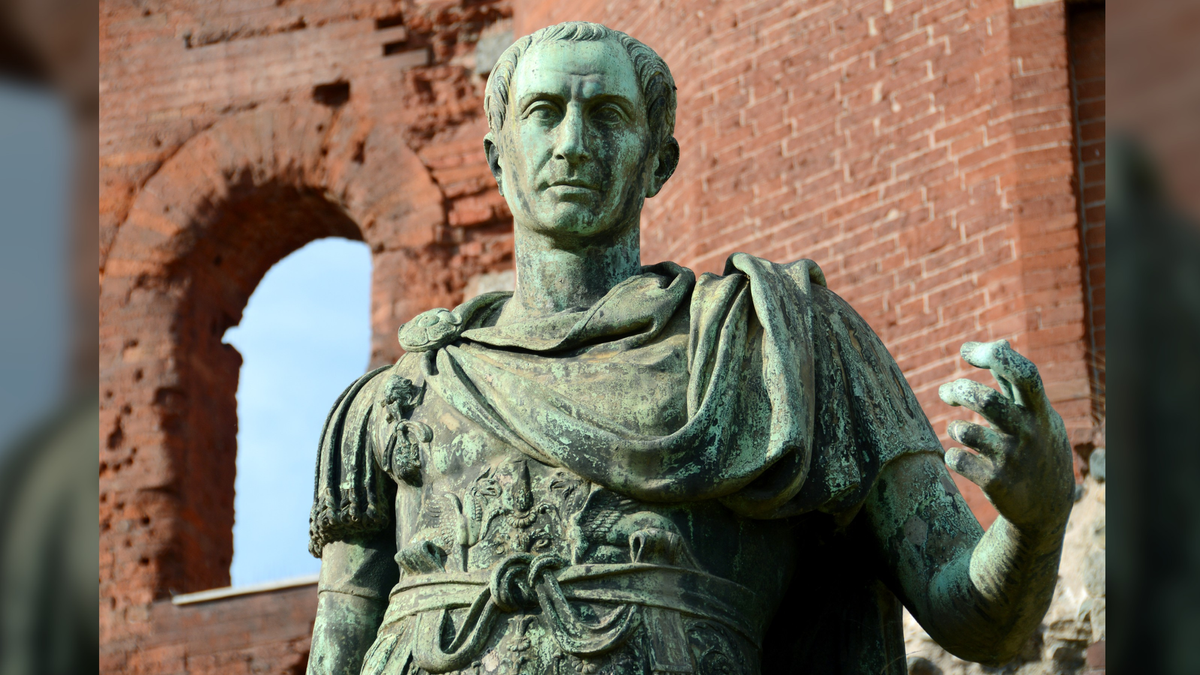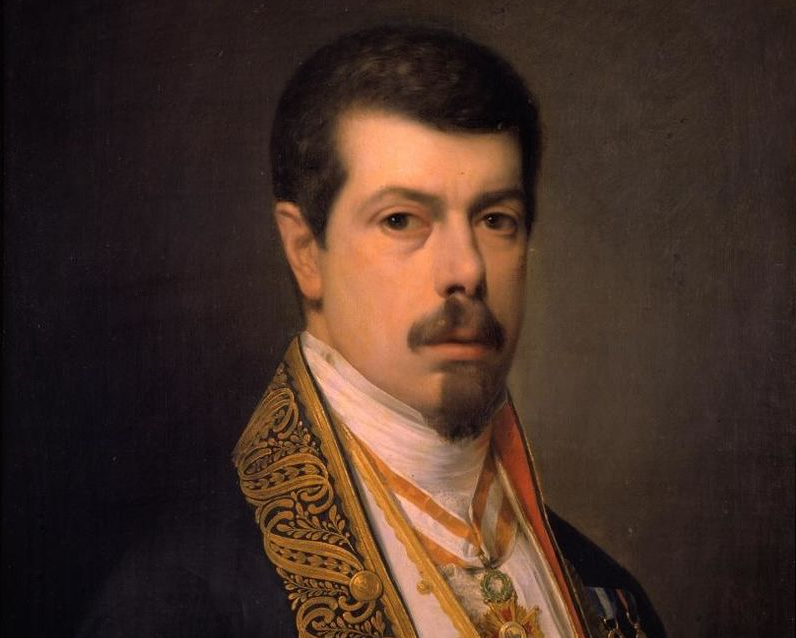What Julius Caesar really meant by "Et tu, Brute?"

When Caesar saw Brutus among his attackers, Plutarch writes, ‘he covered his head with his toga and let himself fall.’ Suetonius adds that, according to some reports, he said in Greek: ‘Kai su, teknon’ (which Shakespeare turned into the Latin ‘Et tu, Brute?’). It literally means ‘You too, child,’ but what Caesar may have intended by the words isn’t clear. Tempest cites ‘an important article’ by James Russell ‘that has often been overlooked’. Russell points out that the words kai su often appear on curse tablets, and suggests that Caesar’s last words were not ‘the emotional parting declaration of a betrayed man to one he had treated like a son’ but more along the lines of ‘See you in hell, punk.’
A railroad fan photographed Putin’s train. Now he is in exile
For Mikhail Korotkov, a lifelong “trainspotter,” one unusual train on Russia’s railways became an obsession — like stalking a rare, shy beast. Korotkov, 31, spent years tracking and photographing President Vladimir Putin’s special hush-hush, deluxe armored train. He was the first enthusiast to post an image of the train in 2018. To Korotkov, it was like a creepy “ghost train,” with a secret timetable, no identifying locomotive numbers and its windows always screened. At least, one of the rail cars has an unusual dome on top — believed to house special communications equipment. Korotkov’s passion, however, was apparently not appreciated by the special services tasked with protecting Putin and his secrets.

Art swindlers selling a fake Goya painting got paid in photocopied bills
Two brothers from Girona who planned on swindling an Arab sheik into buying a forged Goya painting found out they were the ones who had been swindled when the 1.7 million Swiss francs they had received in payment turned out to be all in photocopied bills. Spain’s National Police found out about the transaction in December 2014 when customs authorities in Avignon, France reported that they had detained the brothers after they entered the country from Turin with the fake bills. It all began when the brothers reportedly tried to sell the sheik a forged painting by Francisco de Goya – Retrato de don Antonio María Esquivel (Portrait of Antonio María Esquivel) – for €4 million.

Air Force pilot writes about the day she was almost shot down over Iraq
In 2003, Kim Campbell was flying a US Air Force A-10 Warthog jet from a base in Kuwait, and counting down the hours until the launch of Operation Iraqi Freedom — the U.S.-led invasion of Saddam Hussein’s Iraq. Here's what she wrote in her diary: "After my last rocket pass, I felt something hit the jet. At the same time, the jet rolled left and nose low. The hydraulics were gone instantly, and I had no control of the jet. I think there was some serious temporal distortion going on because I remember a lot of different things at that moment. I noticed all the lights on my caution panel and my hydraulic gauges read zero. But my engines were good. In that instant, before I could get the jet under control, I thought about how shitty it would be to eject over Baghdad."

TikTok’s viral monks are clashing with Buddhist authorities
Bo Pisey has a nightly ritual. After finishing his schoolwork and prayers, the 22-year-old Cambodian monk disappears into his room with his Android phone, locks the door, and sits on his bed. There, for hours, he edits TikTok videos for his 132,000 followers to watch before they fall asleep. The rise of MonkTok poses a new hazard for the Buddhist religious community: Dancing, singing, and fame-seeking are violations of the monastic code. In embracing TikTok, monks must tread a fine line — entertaining followers without angering Buddhist authorities, and spreading the dharma without alienating viewers. At the same time, monk authorities wrestle with the question: To what degree should monks be online in the first place?

Physicists say aliens may be using black holes as quantum computers
In a recent study, a German-Georgian team of researchers proposed that advanced extraterrestrial civilizations (ETCs) could use black holes as quantum computers. The research was conducted by Gia Dvali, a theoretical physicist with the Max Planck Institute for Physics and Zaza Osmanov, a professor of physics at the Free University of Tbilisi, and a researcher with the Kharadze Georgian National Astrophysical Observatory and the SETI Institute. For their study, Dvali and Osmanov suggested looking for something altogether different among the signals: evidence of large-scale quantum computing.

A demonstration of the Marangoni effect
If you put some ink on a leaf, you obtain a ink propelled boat, using the Marangoni effect. The ink has a lower surface tension than water and its flow provides thrust to push the boat forward
— Massimo (@Rainmaker1973) March 12, 2023
[more: https://t.co/Ji4riauMo0]
[📹 https://t.co/o1LAQudMXU]pic.twitter.com/tLYdbmX6CZ



